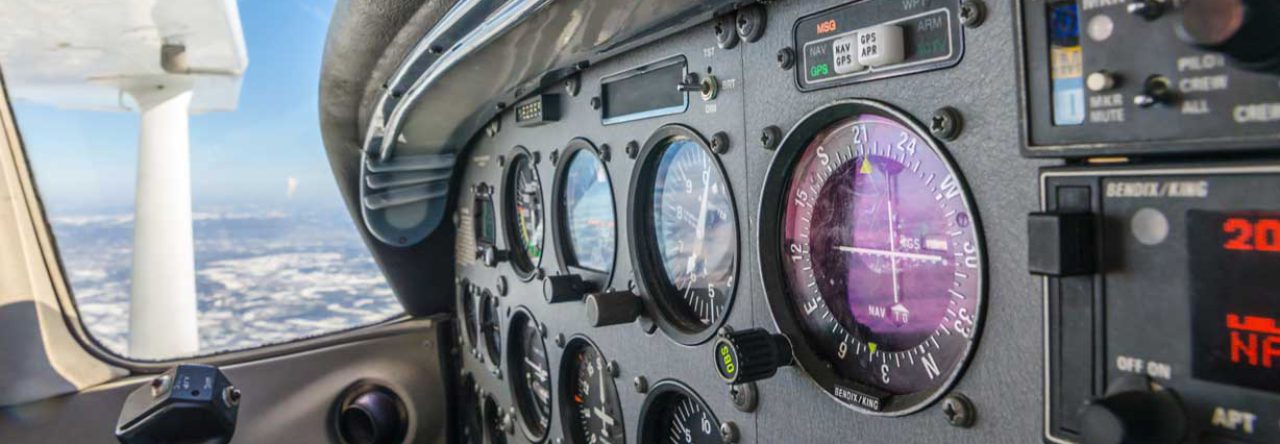Today I got to fly again. It seems like forever between vacations, schedule conflicts etc. In reality it has only been a little over a month. I think it was a good lesson in that I gained some confidence but also because I got to see rust in IFR flying.
By the regulations, you are IFR current if you have performed 6 approaches and holds in either actual or simulated conditions in the past 6 months. This is one of those weird things that just because you can, doesn’t mean you should. Even though you are technically current, doesn’t mean you are really ready to launch off into the clouds.
Today, the clouds were decently low so we decided to file a round robin IFR to KHNZ Henderson-Oxford (Which btw, I sucked at remembering the name)
I filed the flight plan, (forgot to do round robin, more on that) and headed out to turn money into noise. Run-up went fine and as I called for my clearance, the first bit of rust showed. I called up Raleigh approach and asked to pickup my flight plan….. sigh… I should have asked to pickup my clearance. Ok no biggie, however we were asked if we could take off and pickup the clearance in the air since the field was already locked due to an incoming aircraft on IFR. We decided we needed to wait so they asked us to call back in 10 minutes. ugh.
After thinking about it for a minute, my instructor looked at the weather again and decided that we could try to pick it up in the air. We departed and I performed a soft field takeoff (I am in need of a club annual so we are going to do some things to help that out). Once we were aloft, I made the call to approach to pick up the clearance. We got a squawk code and after a minute or so, we were given a vector and altitude.
Since I actually failed to file Round robin, we discussed how to request the amended clearance. I made the call and they amended us for the round robin and asked which approach we would like. I requested the LOC 6 approach and we were on our way.
I had decided earlier that I wanted do the hold so we discussed how to ask for the hold. At the appropriate point, I asked for and received the hold on the LOC 6 appraoch. We were flying at 5000 and pretty much IMC for the the duration of the trip to KHNZ.
Preparing for the arrival, I setup the radios, checked that the localizer was tuned on the primary and en-route radios and set the CDI. I then briefed the approach. This part of the flight started feeling better. My radio calls were sometimes… um… terrible.
Once we arrived, I donned the foggles to make sure that I would get credit for the approach and performed the hold and then turned inbound on the localizer. I performed the step downs to minimums and voila…. runway right where it is supposed to be.
Making the inbound radio calls I kept forgetting the name of the airport, Henderson-Oxford. Even while writing this I have to look it up.. ugh. In the future, I will write this down on my kneeboard.
The landing went well, performed a soft-field landing and followed up by short field take off ( more club annual work). I performed the missed approached and called Raleigh approach up to get back to TTA. I was given an altitude and vector. We asked and received the RNAV 21 and we were vectored to YUXI. It was my request to perform the RNAV 21 is because I wanted to do the circle to land.
The approach was pretty uneventful and I followed the RNAV LPV glide path down to the circle to land minimums. To finish the approach I completed a short field landing.
Overall, I think I did well today. I was very rusty, with my scan and with my radio work. I think I did pretty well in the areas of configuring to land, briefings, etc.
As I stated at the beginning, it was a good lesson in how you can quickly that you get rusty and even though you are technically current in the FAA eyes, doesn’t mean that you capable. I will take this lesson with me for the remainder of my aviation career and hopefully guide me in making better Aeronautical decisions in the future.












